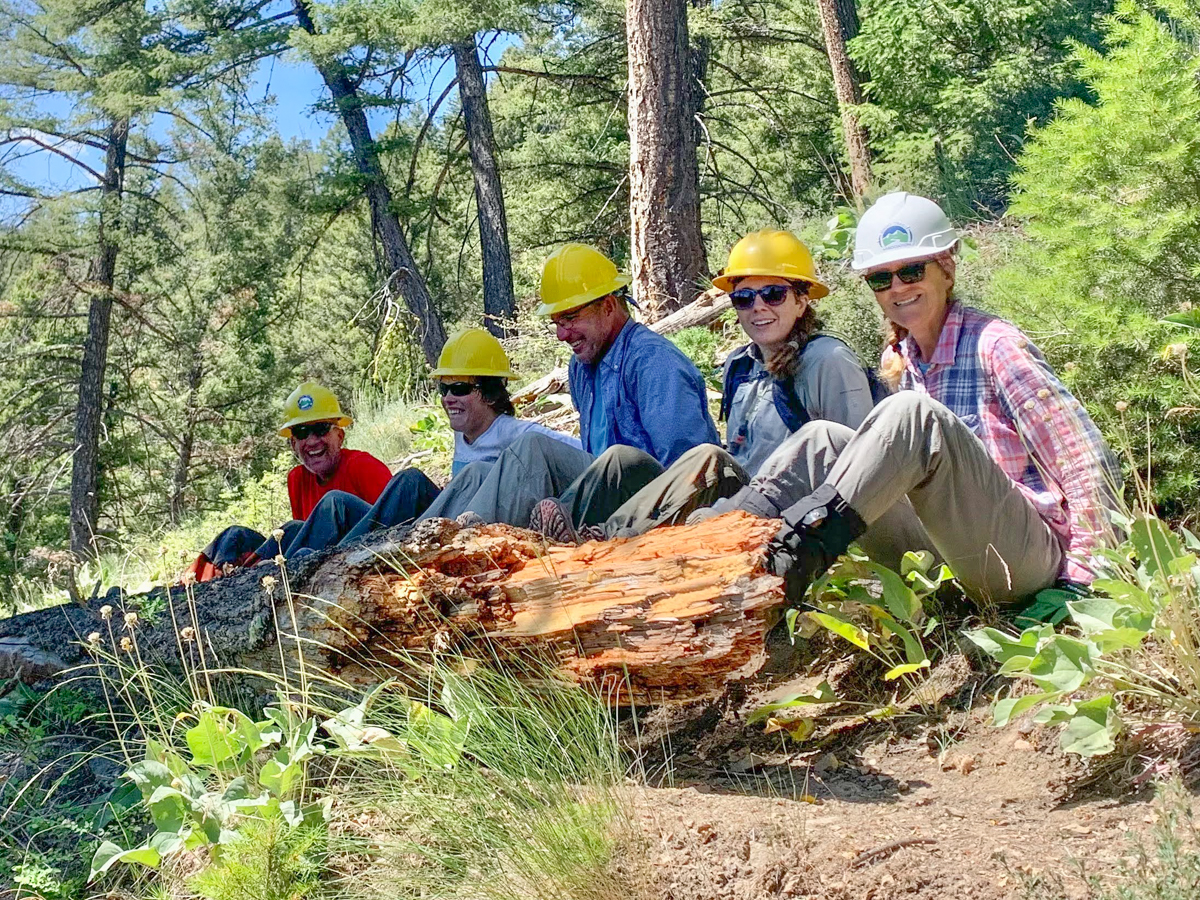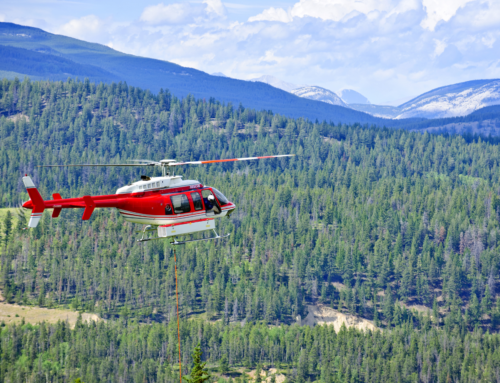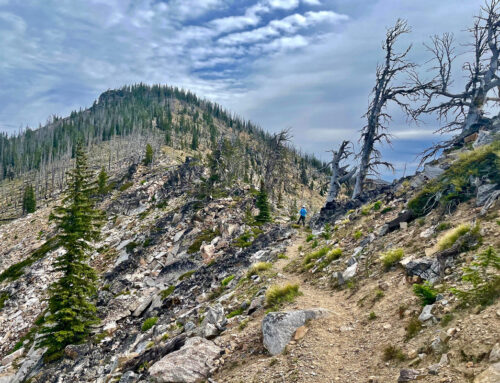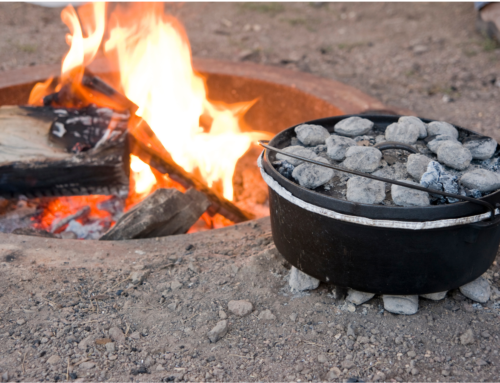
Alisa (closest on the end) on last year's West Fork Camas- Woodtick Ridge Project
Alisa Rettschlag is an ITA super volunteer! She and her husband Gregg have been volunteering with ITA for a number of years and last year she took the plunge into crew leading AND teaching our Backpacking 101 class. It’s easy to see she has a passion for teaching volunteers new things. She helped lead ITA’s first Backpacking 101 trail project last year (and slogged through a very wet weekend with the other volunteers!) If you ever wonder how ITA is able to accomplish so much with such a small staff, it’s because we have people like Alisa helping out! She’s teaching our Backpacking 101 class, webinar, and trail project this year as well as leading a number of other ITA projects. Call yourself lucky if you get on a trip with Alisa as your crew leader!
How and why did you first get involved with ITA?
My interest in trail work was sparked with a trip in 2011 that Gregg and I did with SBFC on Marble Creek. Earlier, we had “hiked” Marble Creek—in the creek because the trail had been obliterated by fire so we knew it needed lots of work. Then in 2018, Jeff Halligan sat at my table during a WFR recert in Hailey. It got me to think again about trail work and the possibility of, this time, volunteering with ITA. Then at an REI event, ITA and Idaho Mountain Search and Rescue Unit (an organization I volunteered with at the time) paired up to present information about personal locator beacons. It wasn’t the content. It was ITA’s presenter, Pam Bond. Her passion for trails and the outdoors pushed me over the edge to taking the next step to volunteering with ITA.
What do you like about volunteering with ITA?
I love all things outdoors, and I enjoy meeting people and experiencing new places. ITA combines all those things into the fun activity of trail work.
Most memorable backcountry experience?
There are lots of stories. Perhaps the best one is the one that started me down this path of backpacking. It was Gregg’s and my first big backpacking trip together… in 1996. I wore cotton socks. I brought a ton of extra clothes and other useless items. Not an experienced hiker at all. We spent 8 days hiking 50 miles down Big Creek to the Middle Fork and then to Bernard Creek where we caught a plane back up to the Big Creek airstrip. On that trail, we saw a black bear, a moose, a couple of playful otters—more wildlife than I had ever seen. We passed old cabins along the trail that told a story of the deep history of Big Creek and the Frank Church, and we met interesting characters who lived and worked in this area—in the “rugged life”.
It was on this hike that I laid all my worries of my urban life aside and concentrated on—actually reveled in— the present, the minute, the beautiful simplicity of putting one foot in front of the other, of enjoying the sound of the creek, the smell of fresh rain, the challenge of choosing a campsite, the zeal of exploration. The feeling was so profound! This experience led us later to backpack down Loon Creek, Camas Creek, Rapid River, Indian Creek, Pistol Creek, Marble Creek—other tributaries to the Middle Fork of the Salmon River, and later to explore other areas of Idaho (the Owyhees, the Trinities, the Sawtooths, Lick Creek area, etc).
Why are trails worth protecting?
Trails are worth protecting because they allow people to experience the awe and amazement of nature and the outdoors, and hopefully become stewards of preserving areas and ecologies that create that awe and amazement. Trails also tell a story of an area. Protecting them preserves the history of these areas.





Leave A Comment